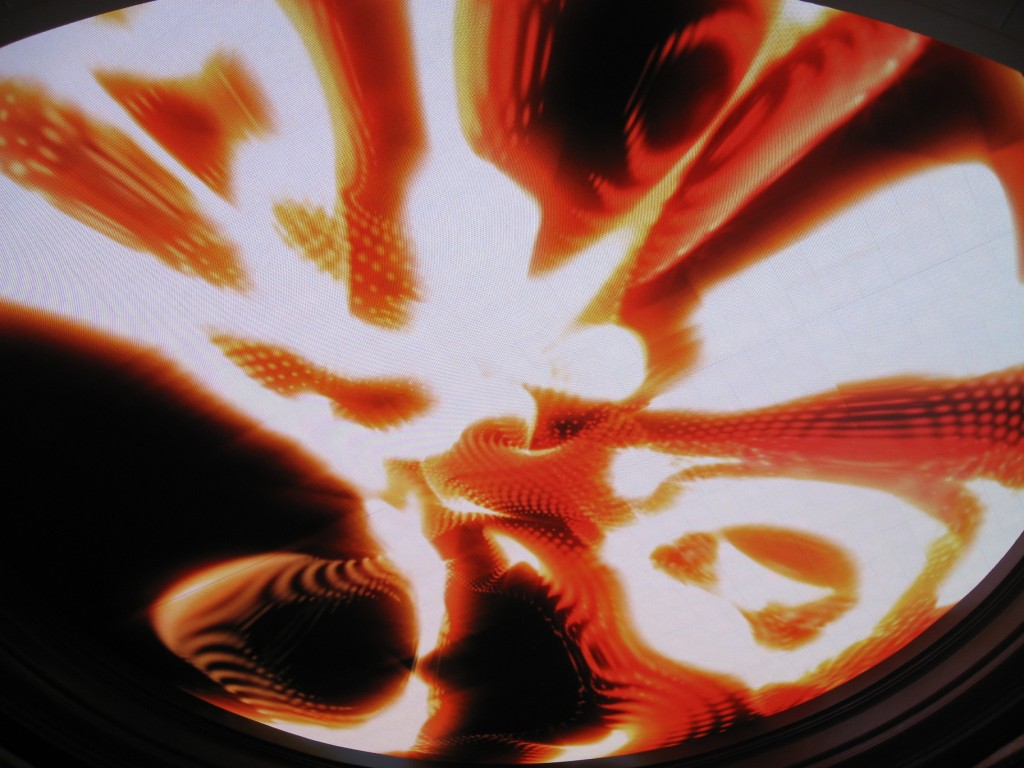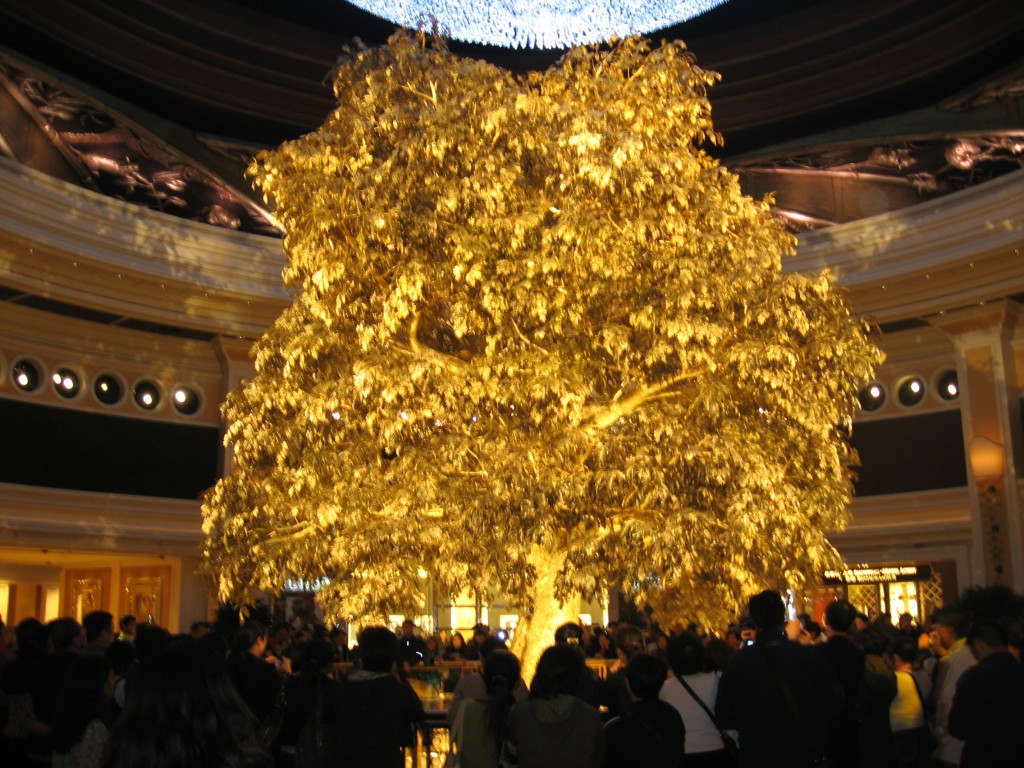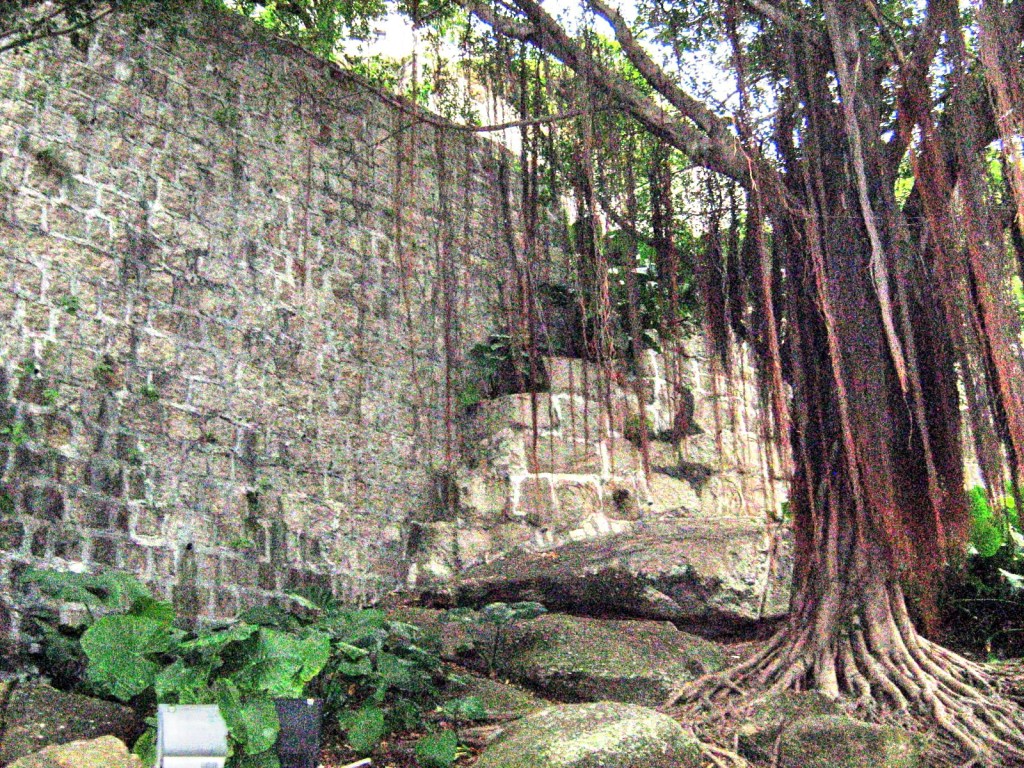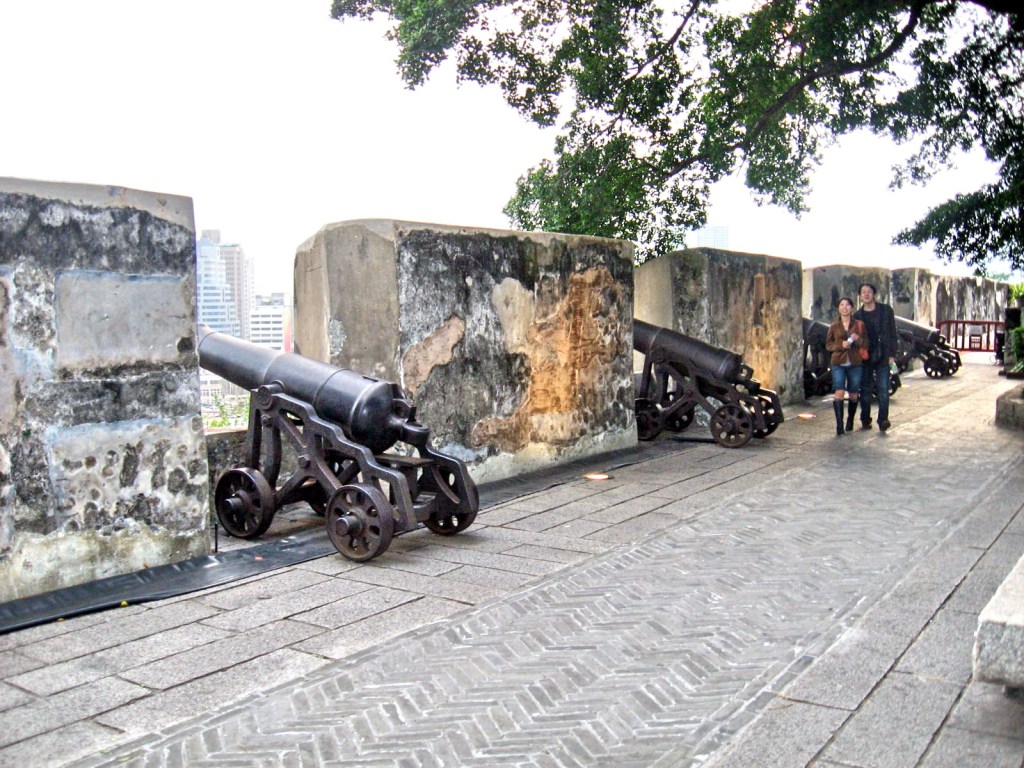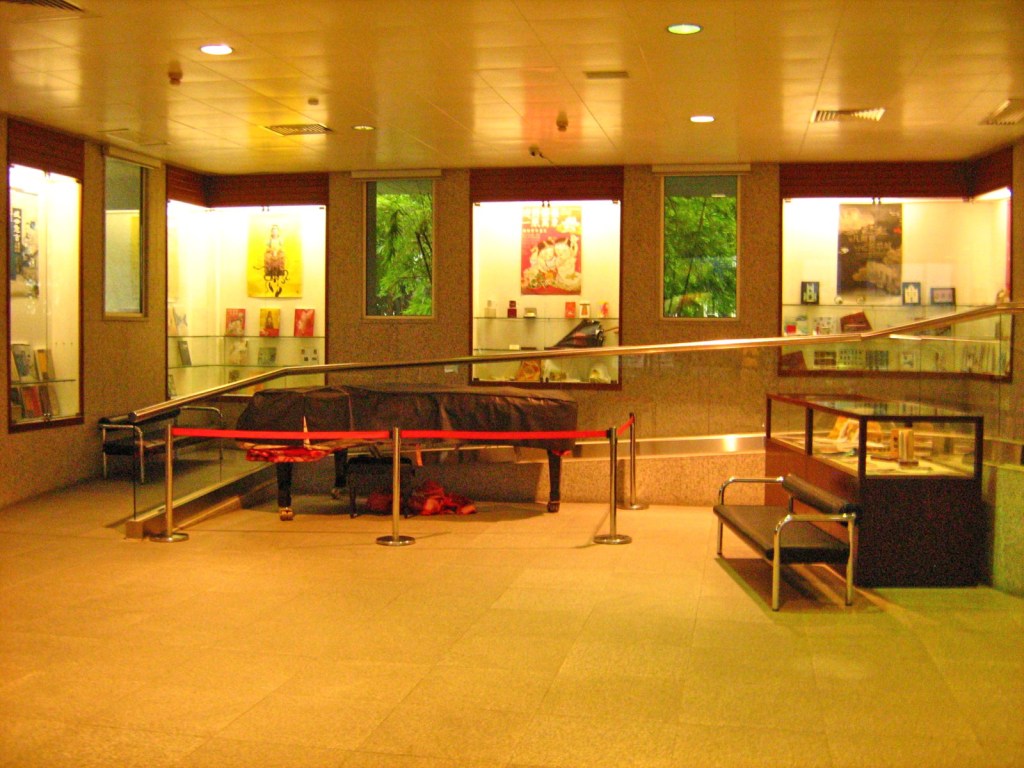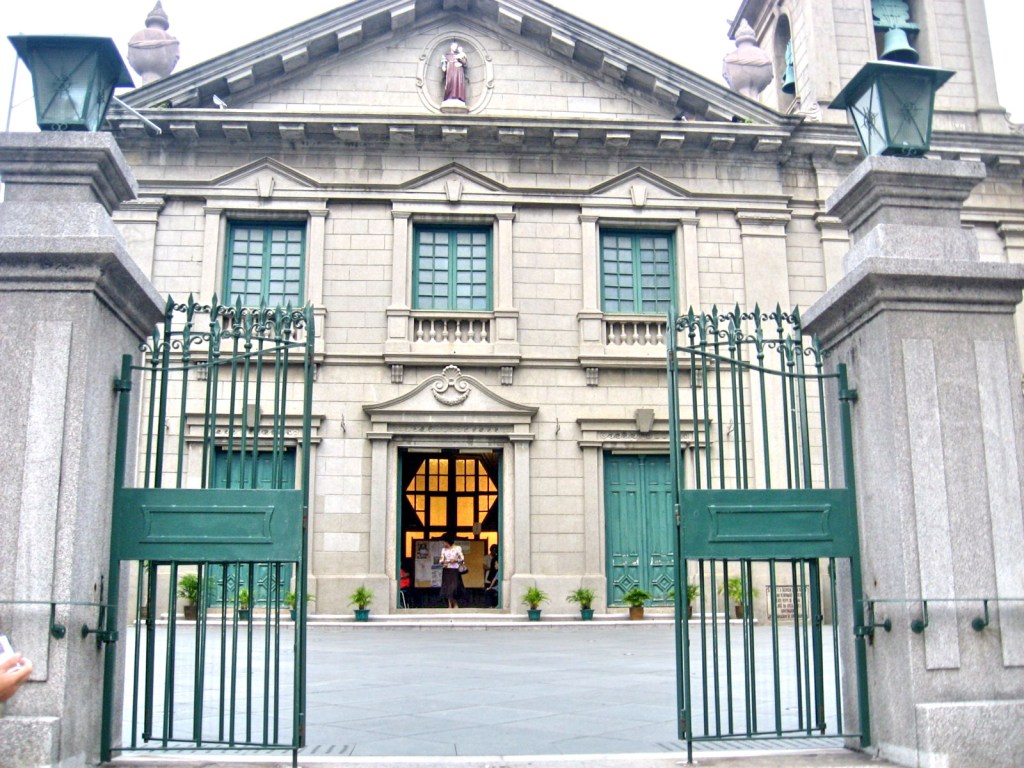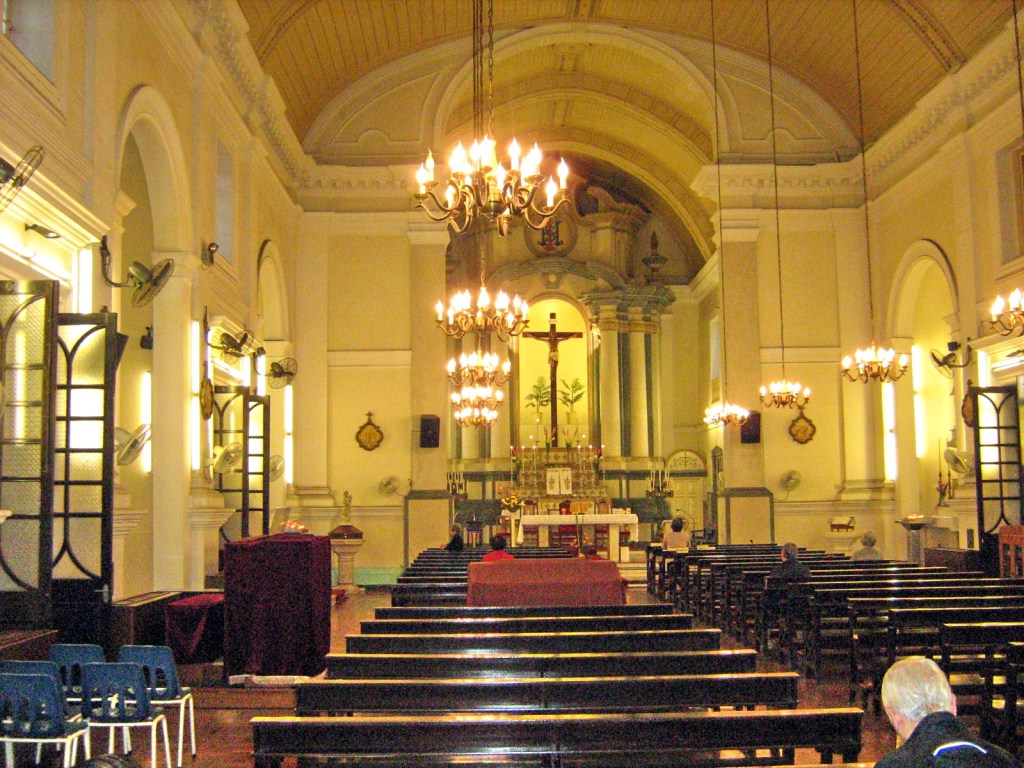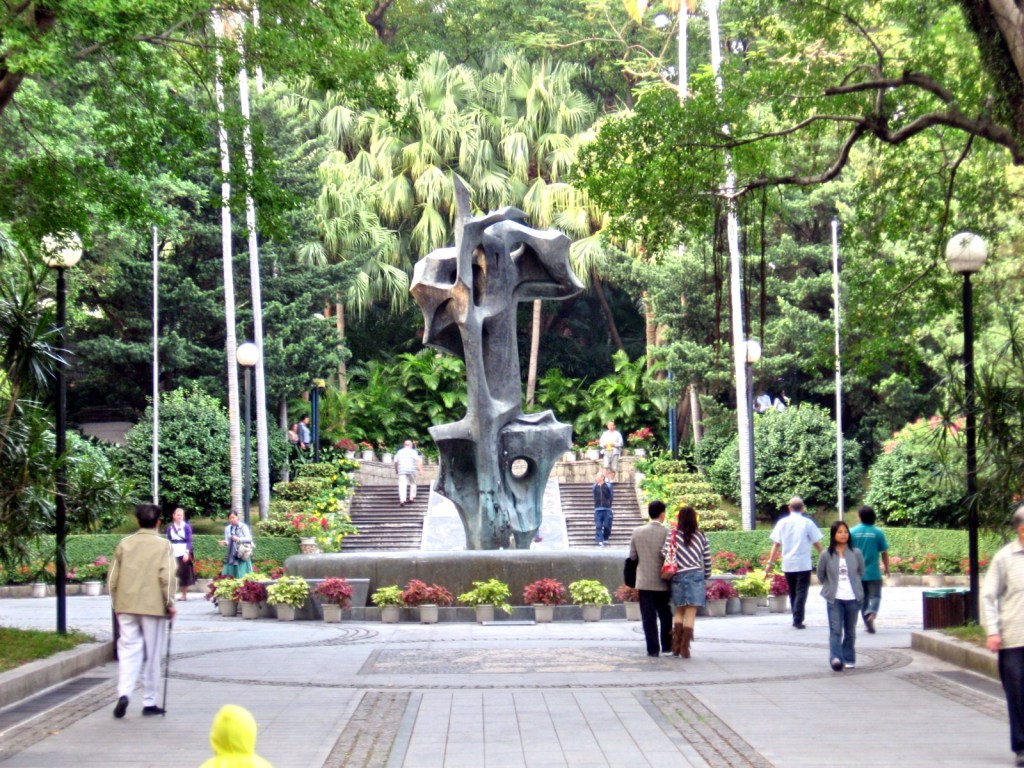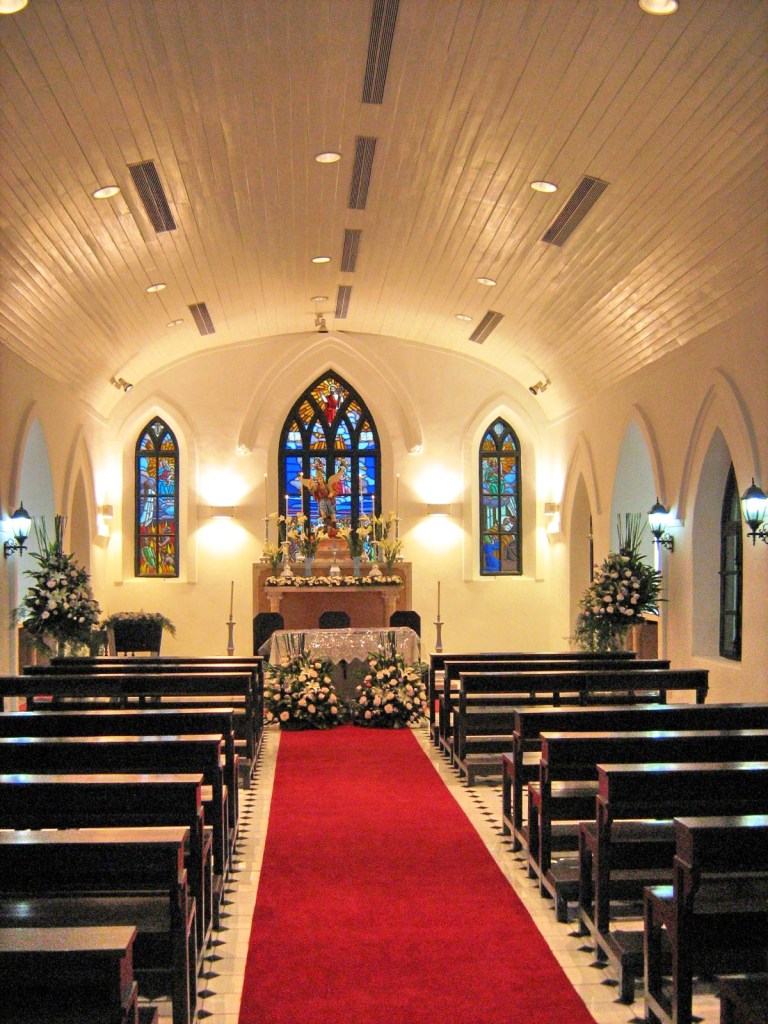After our own Macau churches tour, Jandy, Cheska and I had our dinner at MacDonald’s in Leal Senado Square. After dinner, we made our way to Wynn Hotel Macau, the first Las Vegas-style blended resort in Asia, where we were to meet up with Daddy, Mommy and Grace. Together, we were to watch the hotel’s signature performance of the Fountains of the Performance Lake and the Tree of Prosperity and Dragon Shows, all open for public viewing and free.
When we arrived, they were already seated in one of the benches in front of the fountain and lake in front of the hotel. The lake houses over 200 water nozzles and shooters and holds 800,000 gallons of water. Together, we watched a fascinating and delightful fountain show featuring lofty plumes of water and fire shimmering and dancing through the air to the tune of classical and popular music as well as Broadway show tunes, all expressing a complexity of moods, rhythms and emotions.
After this vibrant performance, we proceeded to the atrium in one of the wings of the casino to watch the Tree of Prosperity Show. The atrium has an opulent and beautiful golden dome ceiling decorated with the 12 animals depicting Chinese and Western astrological symbols of the Zodiac.
The show begins when its 20 m. wide ceiling opens to reveal a screen of abstract designs. A giant chandelier then slowly descends. At the same time, a copper dome on the ground floor opens and a tall golden tree ascends and then rotates with the music.
The iconic golden Tree of Prosperity, a symbol of auspiciousness, has over 2,000 branches and 98,000 leaves composed of 24-karat gold leaf and brass leaf. As the tree rotates, there’s a play of lights that changes the tree’s vibrant color according to the four seasons (Winter, Spring, Summer and Fall).
Later, after 30 minutes, we witnessed the Dragon Show on the same atrium platform. However, instead of a tree, a giant dragon structure emerged from the dome on the ground. We, as well as the other guests, can’t help but be thrilled and excited as we marveled at the creativity and showmanship of this truly beautiful and impressive technical shows. Truly a choreographic masterpiece of shimmering, sculptural patterns, music, video and light.
Wynn Macau: Rua Cidade de Sintra, NAPE, Macau. Tel: (853) 2888 9966. Fax: (853) 2832 9966. Email: inquiries@wynnmacau.com. Website: www.wynnmacau.com.




